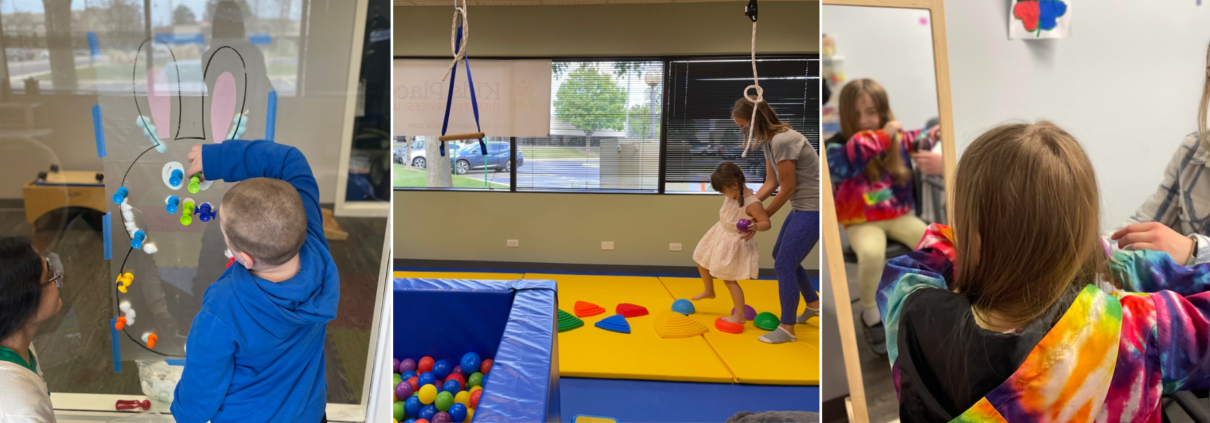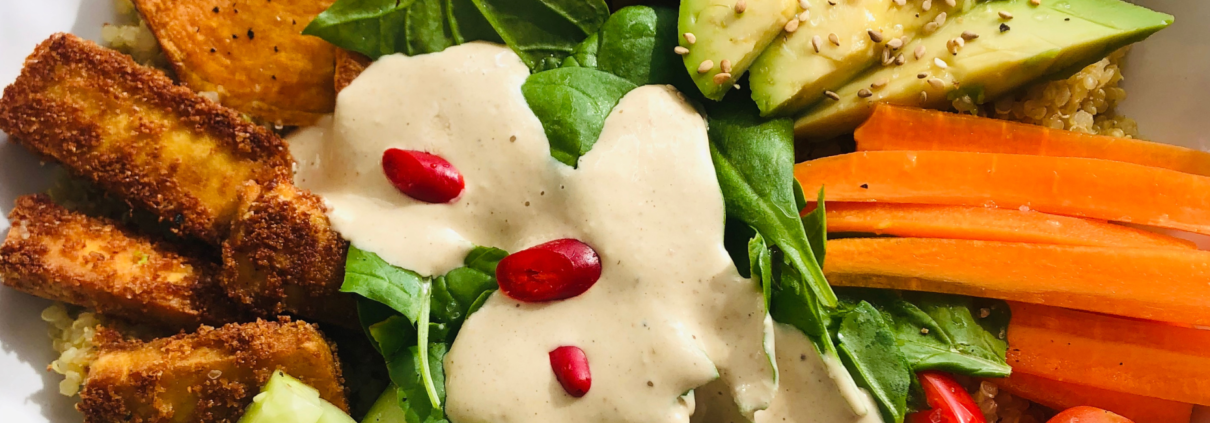April is Occupational Therapy Awareness Month!
What is Occupational Therapy (OT)?
OT helps people of all ages with physical, sensory or cognitive issues overcome barriers that affect their everyday lives. It is an important part of a child’s development as it focuses on carrying out everyday tasks and improving their level of functioning and independence.
OT is beneficial for kids with autism spectrum disorder, down syndrome, cerebral palsy, developmental delays of varying degrees, or those recovering from an injury. It can also help address one area your child may be struggling with and require extra help.
What does Occupational Therapy address?
OT addresses many vital skills, including:
- Fine motor (i.e. grasping and releasing toys)
- Handwriting
- Visual motor coordination/perceptual skills (i.e. walking, playing, etc.)
- Range of motion, posture, or upper extremity strength
- Sensory processing and related attention concerns
- Motor planning and coordination
- Life skills such as getting dressed, brushing teeth, and feeding
- Learning positive behaviors and social skills
What does an Occupational Therapy session look like?
Kids Place Therapy Services believes in building a child’s self-confidence and addressing therapy goals through play. We are experts at analyzing and designing effective treatment to best benefit your child and family. Our therapists work in our clinic, schools, or in your home.
We will work closely with your family to provide resources and activities to utilize at home to ensure the strongest foundation of success.
How to get your child into Occupational Therapy?
If you think your child could benefit from OT, you can:
- Talk to your pediatrician
- Visit the American Occupational Therapy Association’s (AOTA) website to learn more and find resources
- Call our office at (630) 347-1702 to schedule an appointment to find out next steps! We are happy to help!
Check out our Occupational Therapy Superheroes!






